Blog
Our blog provides readers an opportunity to hear from the Advance Illinois staff and partners on education policy issues affecting Illinois students and beyond.
Federal Impact—Funding and Programs that Support Student Learning and Needs
Dawn Bates, a long-time second-grade teacher and Teach Plus Illinois fellow, brings insights from both the classroom and her fellowship. With several years of teaching experience, Dawn is thinking about how shifts in federal support and funding may affect student learning, basic needs, and opportunities beyond the classroom.
Through her Teach Plus fellowship, which focused on grades K–5, she worked on a project aimed at building teacher confidence in teaching science. While the findings are complete, the team is still finalizing how they will present them to the Illinois State Board of Education (ISBE), especially as science education (STEM) often lacks professional development and funding compared to subjects like math and reading. She has also helped bring coding to the early grades, making it accessible to students younger than third grade, and recently wrote a piece about the importance of coding. She hopes funding will continue to support these programs.
Dawn’s school community has benefited from programs made possible by funding, but she worries these could disappear as there are students that rely on programs for free breakfast and lunch, eye care, and access to technology. She is glad her second-grade students have take-home computers and access to educational websites and apps that extend their learning beyond the school day but worries that cuts could jeopardize these supports.
In addition, Dawn thinks initiatives like Grow Your Own and Golden Apple are important and believes continued investment is essential in supporting aspiring educators along with stipends for student teachers during their student teaching experience. Especially amid federal funding cuts that could impact the pipeline of future educators. In her own district, she is encouraged by the opportunity for teachers to pursue and maintain National Board Certification and hopes that funding to support this certification continues.
Dawn’s story is a reminder that educators are not only teaching but constantly working to ensure students receive the tools and resources they need to thrive.
Eucarol Juarez is the Senior Communications Associate for Advance Illinois.
Bringing Visibility to the Impacts of Federal Changes on Illinois Education
This month, news dropped that the Illinois Board of Higher Education (IBHE) and at least six universities in our state were suspending a scholarship program that the U.S. Department of Justice called unconstitutional for using race as a qualification.
It was hard to find the name of the program that was suspended – even in the DOJ’s press release – but having confirmed it with a number of credible sources including a program participant, the effort is the Diversifying Higher Education Faculty (DFI) program, an initiative intended to increase the number of minority full-time tenure track faculty and staff at Illinois’ two- and four-year, public and private colleges and universities.
Decades of research show that when educators share racial and ethnic identities with their students, student academic and non academic outcomes improve. At the college level, student and faculty/staff diversity play a considerable role in underrepresented students’ decision to stay in school. But according to IBHE, ‘the average student attending a public college or university outside the City of Chicago is unlikely to have more than one course with an African American faculty member and unlikely to have even one course with a Latino faculty member during his or her college years.’ This mismatch in representation isn’t unique to Illinois, but plays out in communities across our country and stifles what’s possible for our students and those who seek to teach and mentor them.
In an effort to ensure that the many and varied impacts of federal changes on education do not go unnoticed or unheard - like the details of the DFI news slipping between the cracks - we are both listening for and actively gathering narratives from students, families, educators, providers, system leaders, and researchers who are living through the effects of education policy changes on their work and lives. But we need your help.
If you are interested in sharing your story for us to uplift on our blog, on social, and our ever-expanding newsletter list of lawmakers, education, researchers, philanthropists, journalists and more, please complete the form linked below. You may use your real name, a pseudonym, or simply list “anonymous.” We only ask that you provide a valid email address so we can follow up with you.
It is crucial that these experiences are shared so that others may gain awareness and insight into what is happening and how our system, the people who power it, and the people served by it are being affected but also responding to changes.
COMPLETE THE FORM TODAY → https://bit.ly/3REq97H
Using Data to Better Understand the Educator Workforce
The Illinois State Board of Education’s latest Educator Supply and Demand report extends our understanding of trends in the state’s educator workforce. It reminds us of the fundamental value of collecting and reporting data to surface challenges that exist and help inform efforts to address them.
The Illinois State Board of Education (ISBE) has been sharing a snapshot of the supply, demand, and educator shortages in Illinois for roughly twenty years. This past December, they released their latest version of the triennial Educator and Supply Report, featuring an ambitious and expanded scope. The report analyzes a wide set of metrics, using employment data from teachers, administrators, and support staff.
There’s a great deal to dig into. For my part, having released a report this past fall on how the state has been doing in growing, preparing and retaining its educator workforce, especially amidst COVID, I found certain data points of particular interest. This included updated educator retention data from SY22-23, which suggest that teacher and principal retention has largely returned to pre-pandemic levels after a temporary 'boost' during the early pandemic years (though what these trends look like can depend on how you define ‘retention’). Interestingly, ISBE’s analysis also shows that the number of former educators returning to the profession, which decreased in the first year of the pandemic, still hasn’t bounced back.
While these overall numbers are important, anyone who lives in Illinois knows that there are significant differences in educator supply and demand across communities and schools throughout the state. The most recent report embraces this geographic diversity, demonstrating how retention varies from region to region.
There are real regional disparities across certain metrics. Yet ISBE’s analysis also makes clear that some challenges are consistent across the state. While the racial composition of public school students varies from place to place, every region in the state sees a profound gap between the percentage of students of color and percentage of teachers of color. It is both intuitive and substantially research-backed that a racially and ethnically diverse teacher workforce matters. Still, no matter where in Illinois you look, you’ll see a workforce that is far from representative of local students.
Finally, the report reminds us that reality does not always reflect our expectations. For example, we know that there is high demand for bilingual and foreign language teachers. That said, data from the last three years show that rates at which completers of educator preparation programs were hired into Illinois public schools within one year of completion were lower for educators with bilingual and foreign language endorsements compared to educators endorsed in most other areas.
To me, this exemplifies why reports—and data—like this matter; our assumptions about trends and challenges may not align with reality. On its own, data cannot fix what ails Illinois’ educator workforce. But it’s a critical tool for understanding where the real challenges actually are, how they manifest, and what it will take to address them. If we don’t accurately understand the problem, we may propose or invest in misguided solutions. ISBE’s report, in combination with other recent or upcoming research and analyses, is not only illuminating and important, but should help guide efforts to build out and support the educator workforce this coming legislative session and beyond.
Mercedes Wentworth-Nice is a Senior Policy Associate for Advance Illinois.

